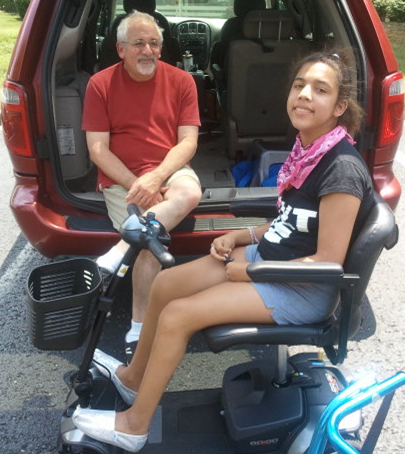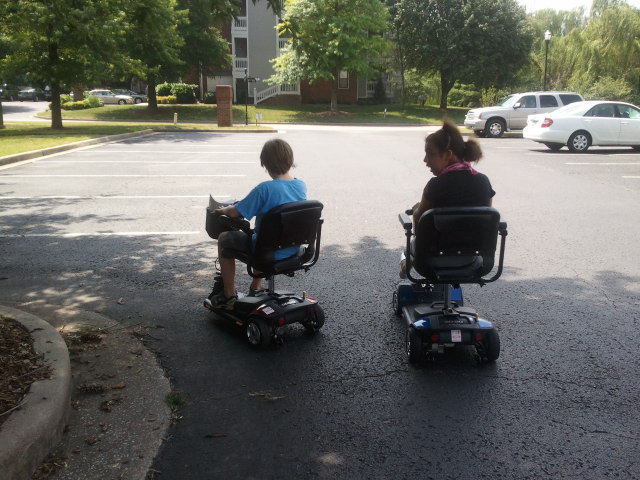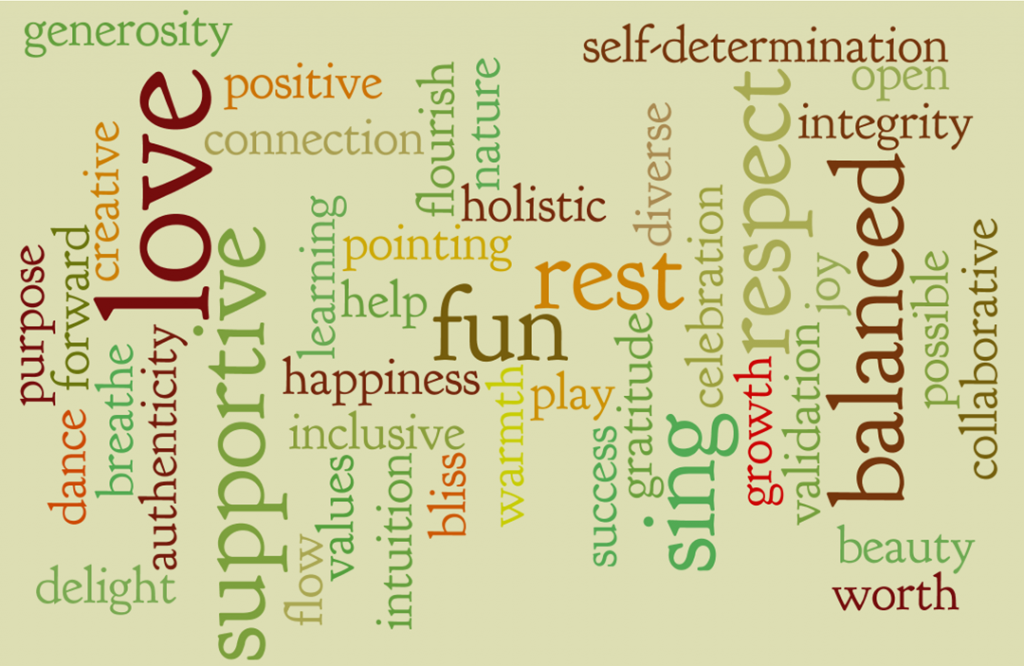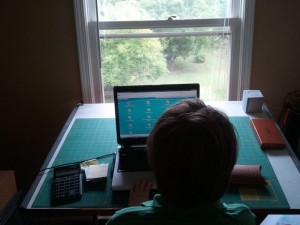When I put “generosity” in my list of values it was really about my desire to be generous with my time and talents and creativity and love and joy. I like giving. It feels good and it gives me a boost and the folks around me seem to like it, too.
So, it never really occurred to me that the lesson would be around accepting generosity. I mean, sure, I appreciate it when someone thinks of me or sends me a hello on my birthday or treats me to lunch. I’m always a little uncomfortable with it, though. If I dig down deep I know it’s because I’ve been the recipient of lots of “gifts” with ropes attached. So, I don’t trust generosity. Not really.
And then something breathtaking happened.
We decided to purchase Lizzy a scooter for college. I spent some time thinking of ways to make that happen without having to make the Little Kids go without school clothes. In a move that is completely unlike me, I put up a post about this goal and offered my coaching services, you know, out loud. At the urging of a colleague, I also included a donation button in case folks wanted to chip in.
I clicked “Publish” and then went to lunch with Ned Andrew. When we arrived at the restaurant, there were emails telling us that folks were sending money. What?? Yes. And not just a little money. Over the course of the 2 weeks since I went public with our goal, half the price of the scooter has been gifted to us by incredibly generous friends from around the country.
Wow.
Of course, I’ve sent thank you notes to each of them. But I am just floored by the response to our request.
With half the money in hand, Ned Andrew called today and placed the order for Lizzy’s ride. The company we are buying from is installing that cup holder Lizzy asked for and will ship her new wheels next week. She’ll have a couple of weeks to get really facile at driving it before she’s off to college.
She’s in for the ride of her life.
Thank you. Thank you. Thank you.
Your generosity is absolutely overwhelming.











your thoughts